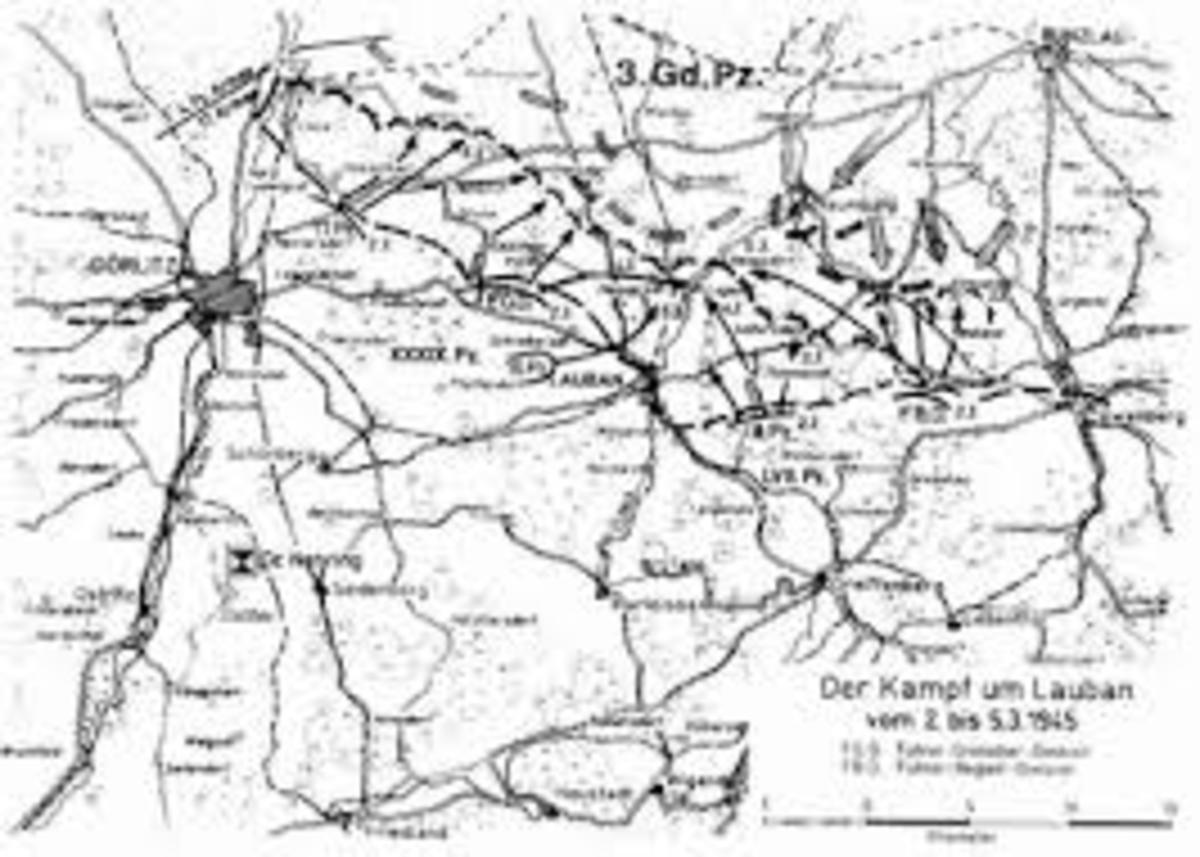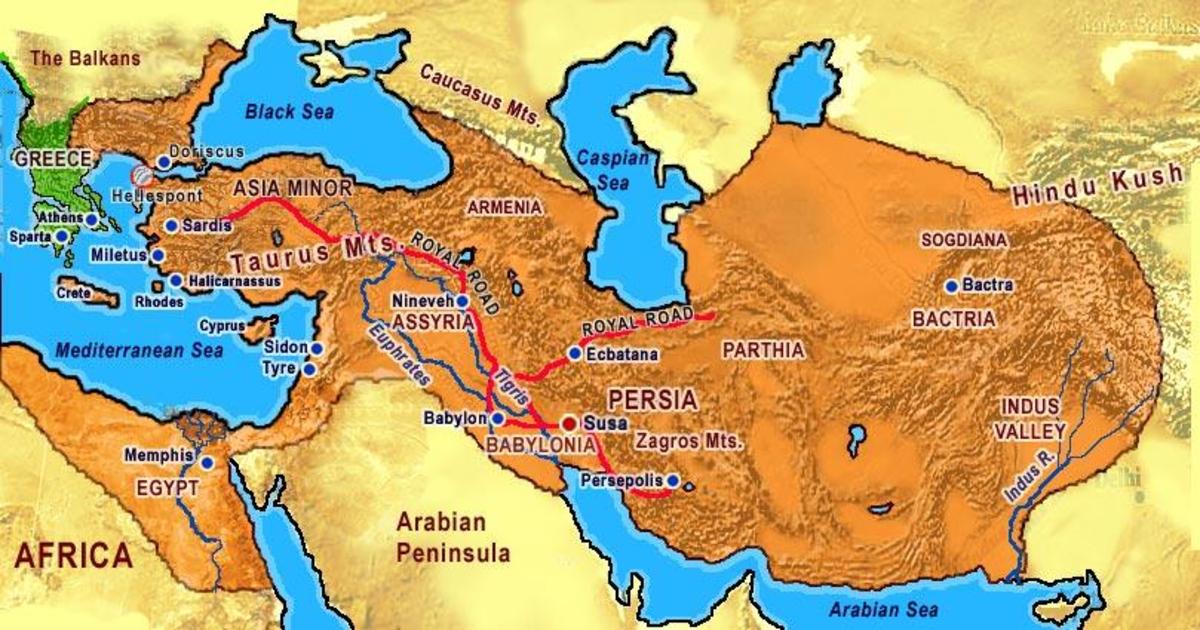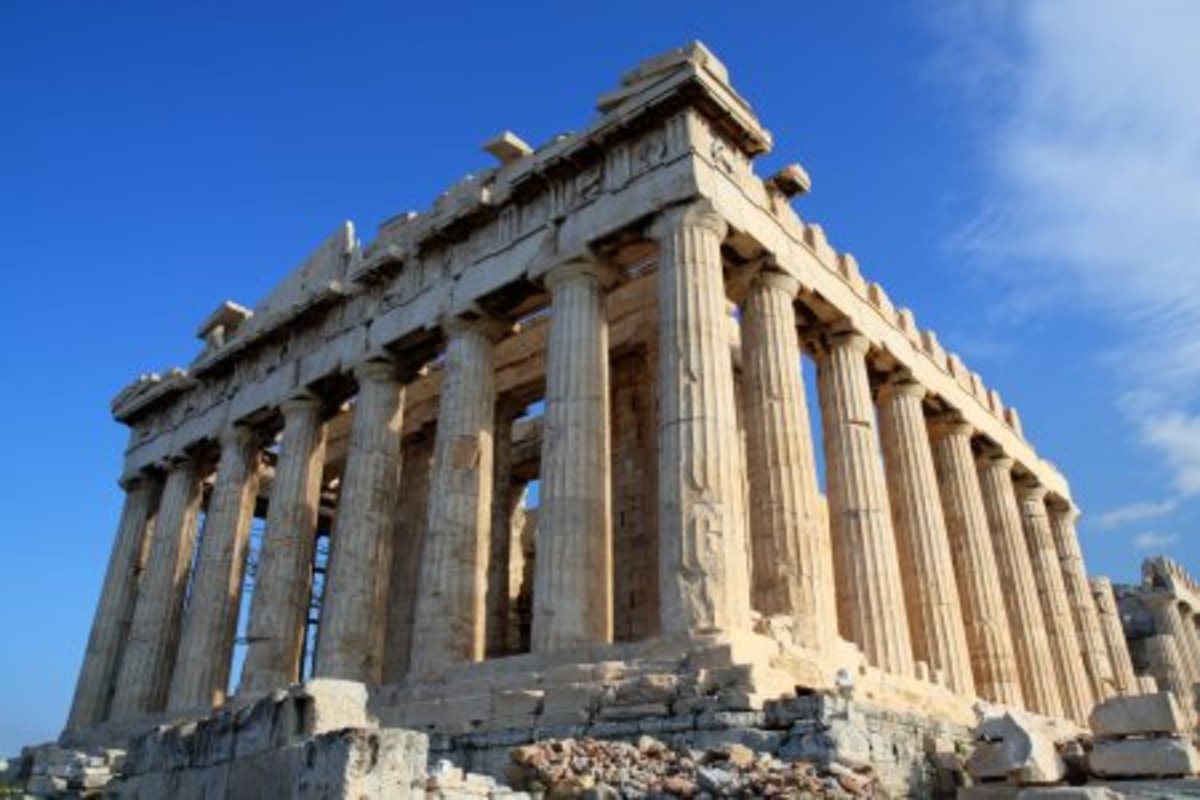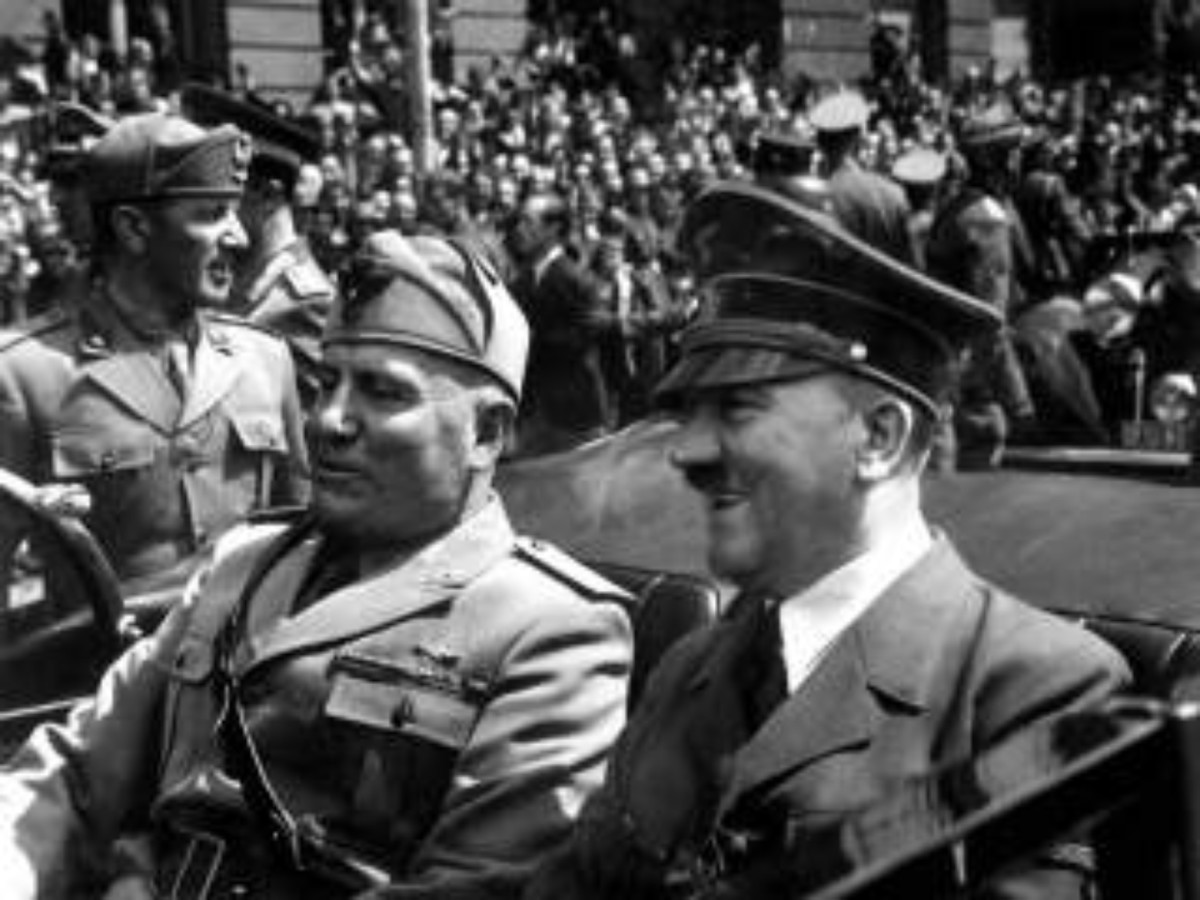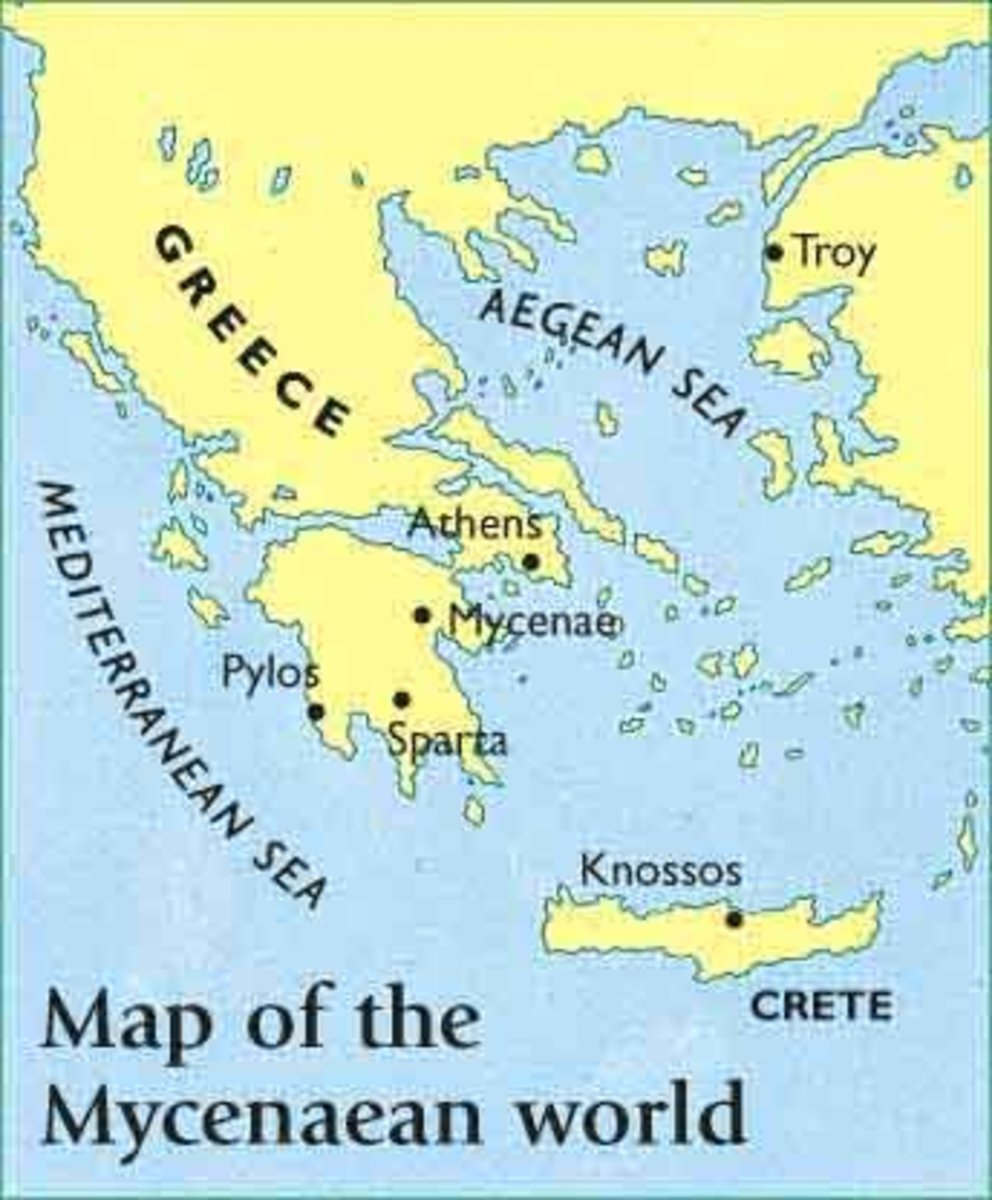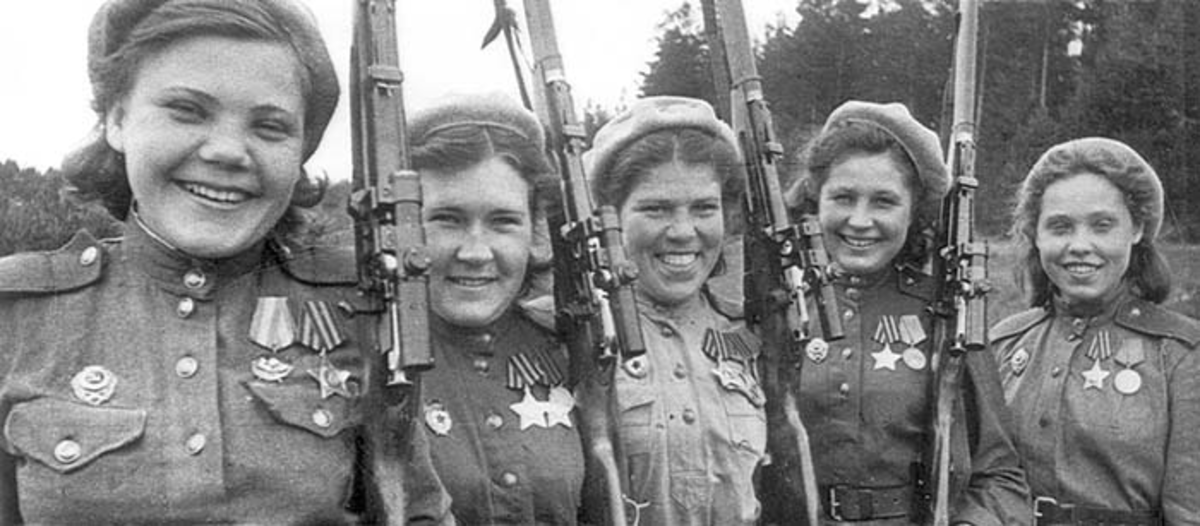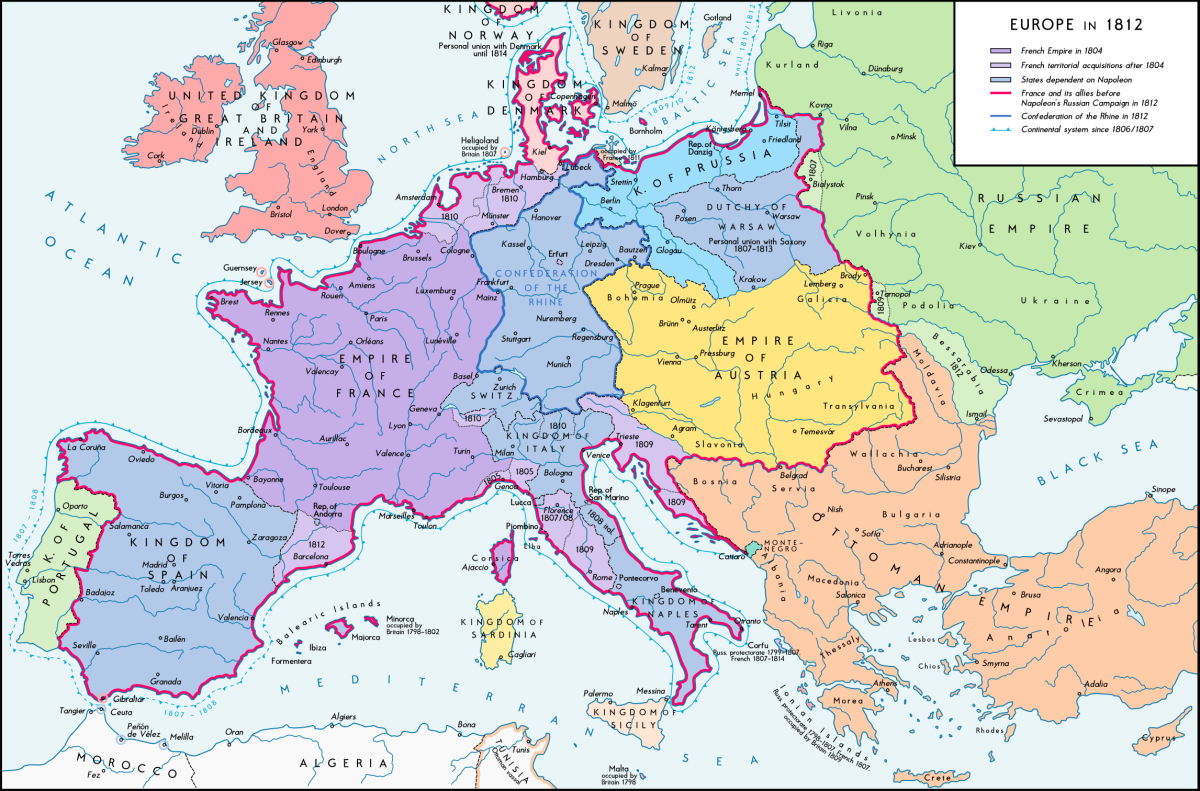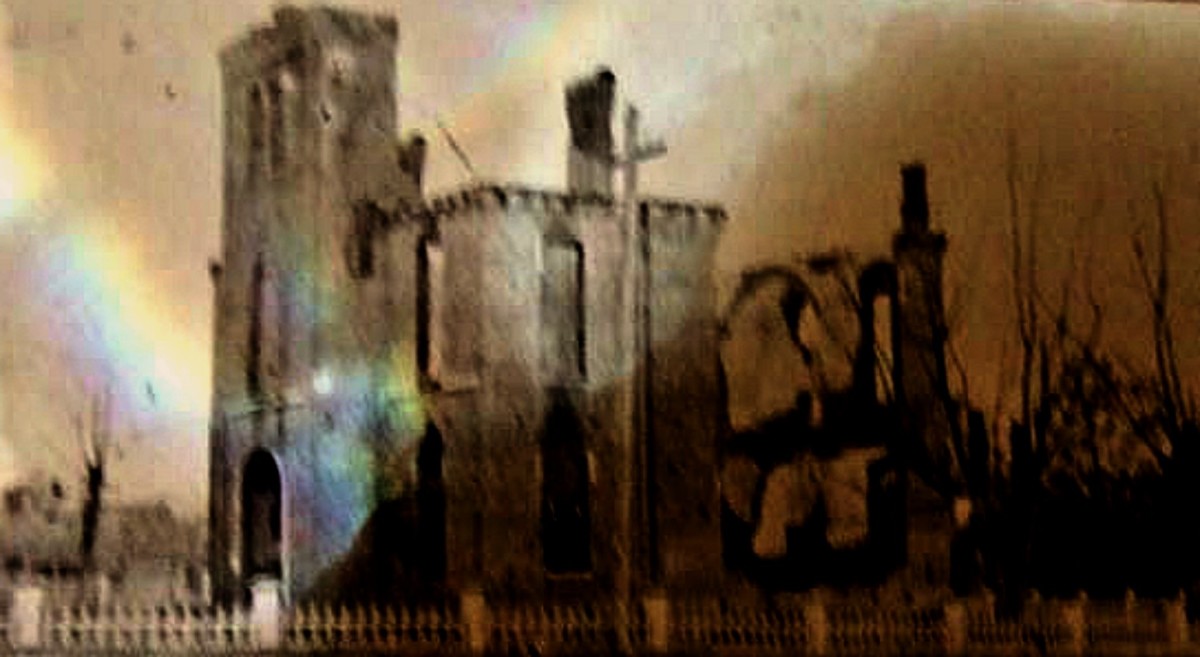The Greek Offensive Towards Eskisehir, Turkey, Jan. 1921
Most Americans and Europeans know little about the Asia Minor War between Greece and Turkey from 1919-1922. It was a direct result of Turkey being a loser in WW1. The Allied nations (France, UK, Italy, Greece) had all planned to occupy parts of Turkey and to allow Greece to pursue its concept of a "Greater Greece", which was much of Turkey. However, the Allies would only support the Greeks fight with financial loans, while the Greek Army did the fighting and invaded what remained of Turkey. When the war started to sway in Turkey's favor in the Fall of 1921, the Allies withdrew their financial loans and Greece was on its own! By August,1922, the Greek Army would be routed.
The First Greek Offensive
The Greek 1st Corps (also referred to as A) attacked ostentatiously within a small depth towards Banaz – Sivasli, to prevent the Turks from moving forces from the southern front to the northern one. The Tzavelas Detachment ( III/5 and I/38 Battalions ) crossed the Buyuk (Great) Menderez River, south of Nazli, moving to Arpas in order to continue east until Dunlar. The 1stInfantry Regiment moved towards Banaz on the next day, while the 7thtowards Kilica Sogut – Sivasli and II/4 and III/4 Battalions towards Pinarbasi – Burgaz.
The main operation began with 3rd Corps attacking in the direction of Eskisehir. The 7th Division was on the right and one the 30th Reg.\10th Division on the left. The 30thRegiment advanced from the area of Burcun with the Divisional C.O. Colonel Boukouvalas leading. It arrived at Yeni Sehir at 1300. The Turkish Greeks and Armenians there welcomed them. It had reached Kopru Hisar bridge by night, while the 22ndRegiment was on the Sivardi – Ulukman line. The southern detachment had seized the Emir Hasan Pasha – Ortakoy line.
The northern group continued their northeastern march on the 5th, with the exception of the 30thInfantry Regiment that had met strong enemy defences at Kopru Hisar on its way to Bilecik. The central column with the 22nd and 23rdregiments reached Bahce Sultan and Gumug Deresi and the southern column, under Staurianopoulos, with the 2Bn /39, 37thRegiment reached Karaca Kaya. The 7th Division C.O. quickened the advance to Karakoy, ignoring the 30thRegiment’s dilemma at Kopru Hisar, where it faced strong defenses. Except for the 30th Regiment, the Greek advance shined in execution. It was a missed opportunity, for the Turks were able to retreat without being pursued the night of the 5th-6thfrom Kopru Hisar to Sogut. The 30thRegiment finally crossed the Kopru Hisar bridge the next day, while 7thDivision’s columns had reached Kurtkoy with the 4thBn/22 Reg., Katakoy with 22ndand 23rd Regiments, and Koz Pinar with the 37th Reg., and 2 Bn/39 Reg. overrunning the weak Turkish defenses. The 4thRegiment had seized Civril by 1100 in the southern front.
The 7th Division continued moving relentlessly in the morning of the 8th. The southern column ( 37th, 2/39 ) seized the bitterly contested Kara Agac defenses using the Anagnostopoulos Detachment. Much Greek blood had been split. It then reached west of Saraycik with the Spiliotopoulos Detachment. The central column ( 22nd, 23rd Regs.), began advancing two hours later than the time set because the order to move had not been issued to the 4thBn/22 Regiment. When it finally reached Boz Eyuk it was quickly pinned down. Meanwhile, the 4thBn/22 Reg. ( under Captain Ieronymakis ) reached Ali Bey Tuzu where it was reinforced with two of the 23rd Infantry Regiment’s battalions. The 30th Regiment stopped at Bilecik by error. It was suppose to rush towards Sogut to support next day’s attack. At the same time, the Turks were reinforcing the Avgin – Kovalic area with strong forces, moving them from Afyon. The Greek 3rdCorps ( Colonel K. Petmezas ) continued to request (in vain) that the Army issue orders to the 1stCorps to attack towards Afyon, as a diversion. The Army refused. Thus, by the 9th, Greek forces had suffered numerous losses. A thick fog that morning obstructed artillery from firing, while rifle fire was being heard from the area of Kovalic. The attack began with the Spiliotopoulos Detachment in the south and the Staurianopoulos Detachment that had seized the Porias Heights by afternoon. The Staurianopoulos Evzones (special infantry) attacking Kovalic had many casualties. Their C.O. requested, in vain, that the Division send reinforcements. The 2ndBn/39 Reg had struck a well fortified force of 6000 Turks! However, the Turks were overran at bayonet point by the Evzones with a frontal attack, as other Greek units tried to encircle them. The fierce Turk counter-attacks were crushed by the Evzones bayonets and hand-grenades. The Turks now retreated towards Inonu. The battle ended by 1500. A critical mistake now prevented the Greeks from pursuing the Turks: It was against Army orders!
The 23rdInfantry Regiment had reached Porias Heights, while the 30th Reg. in the north had passed Sogut and had arrived at these heights west of Avgin. The Turks fell back towards the Biskardas Ulubali line, having sustained heavy casualties. In this battle, Greek casualties were 51 dead ( 8 of which officers ) and 130 wounded ( 6 officers ). For some unknown reason, the Greek 22ndRegiment had been sent towards Zemzniye instead of being sent to encircle and destroy the Turks in the Poria Heights battle. Another Greek chance to crush the Turks had been wasted.
To make matters worse, as the Turks were withdrawing to their last line of defense before Eskisehir and the Greek forces were ordered to fall back ! The order prevented a crushing blow to the Turks because the Army HQ had considered the reconnaissance operation a success (which was to ascertain the Turkish strength).
Thus, the rather successful advance of the Greek Army had returned to its fortified positions east of Bursa by the 12th. The military action had also freed 3000 Turkish Greeks and Armenians. The most serious error was the uncoordinated operations of the 1st and 3rd Corps, and not taking advantage of Etem’s revolt (local Greeks) deprived the Greeks from a quick success. Etem was crushed in the Greek zone. Thus, by not advancing the 1st Corps to Cediz ( where Etem was fighting ) and then Etem’s move to Nazli and Banaz allowed the Turks to throw all their forces in the Avgin – Kovalic area with horrific, bloody results.
The operations, though giving valuable information about the organization of the new Turkish Army and giving them a hard blow, had the impact of raising Kemal’s authority. It was now propagandized as the ‘ First Inonu Victory ’, a victory in a battle that never happened (both sides have very different views on this).The French and Italians claimed that the Greek Army had failed since it didn’t seize Eskisehir. The truth was that a chance to seize Eskisehir and Kutahya with an offensive towards the north six months earlier was lost. The Greek inadequacies in staff organization and supply were considerable, but the failure was mainly due to the Turkish fortifications and tactical organization, which had greatly improved. Oddly, the Greeks had known this since November 1920, that the Turks were fortifying and reinforcing the area between Bursa and Eskisehir, but election fever in Greece and party purges dominated their attention. The Turkish claims regarding the defense at Inonu was, in hindsight, Turkish propaganda.. The fact remains that Greek soldiers overran Turk soliders near Inonu on January 8-9 with the 23rdInfantry Regiment seizing Porias Heights from the flanks and rear of the Turks, while Greeks attacked frontally with the Staurianopoulos and Zoitopoulos Regiments. These critical attacks were not followed up. The Mantas Battery ( Vladimiros Kolokotronis Artillery Battalion ) hammered the Turks that were withdrawing in thick formations towards Kutahya. It was now, as claimed by the Greeks, the fateful order to withdraw came. If true, it would not be the last time victory would flee from the Greeks in the campaign.
The January offensive showed the inadequacies of the Greek Army. Many of the regimental and higher commanders had recently re-entered the army, not having fought since 1913. In ten years, new tactics and weapons had all profound impacts on combat. During the attack towards Eskishir, six regiments of the 10th and 7th Divisions were advancing in three columns. The center, under Staurianopoulos had crushed Turkish defenses. However, irregular bands appeared on the left flank (where the Corps Commander Petmezas and the Divisional C.O. Karakalos were) threatening, instead of striking them with assaults, an immediate withdrawal was ordered ! The older officers panicked, which spread panic to all the regiments that night. This panic that overwhelmed the officers mentioned above would also contribute to Papoulas’ decision to postpone operations. The new staff wanted reinforcements for the new March operation they had to undertake.
The next offensive, in March, would be along the same routes of advance and the Turks knew of the plans. Why did the Greeks decide on an offensive in exactly the same area, using the same routes? The powerful Greek attack upon Inonu would be pinned down by the Turks’ defensive organization, something that, in all probability, would not happen if the January operation would not come first.

